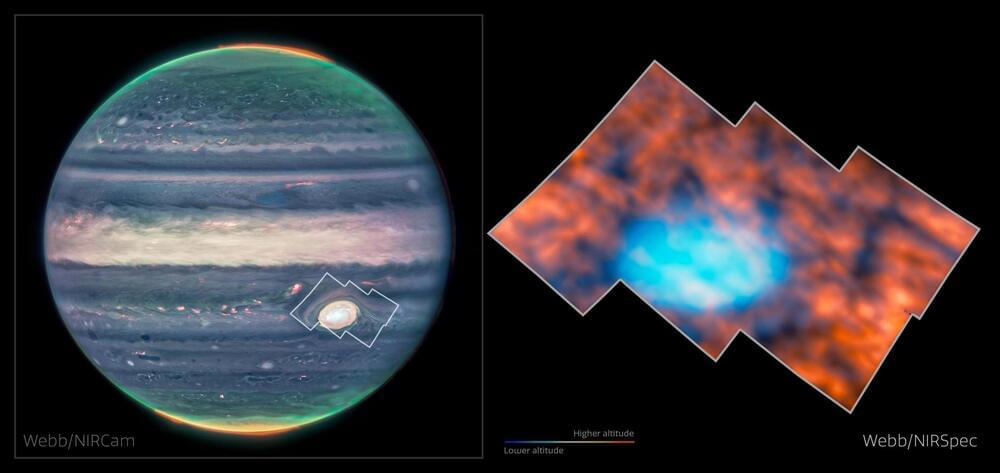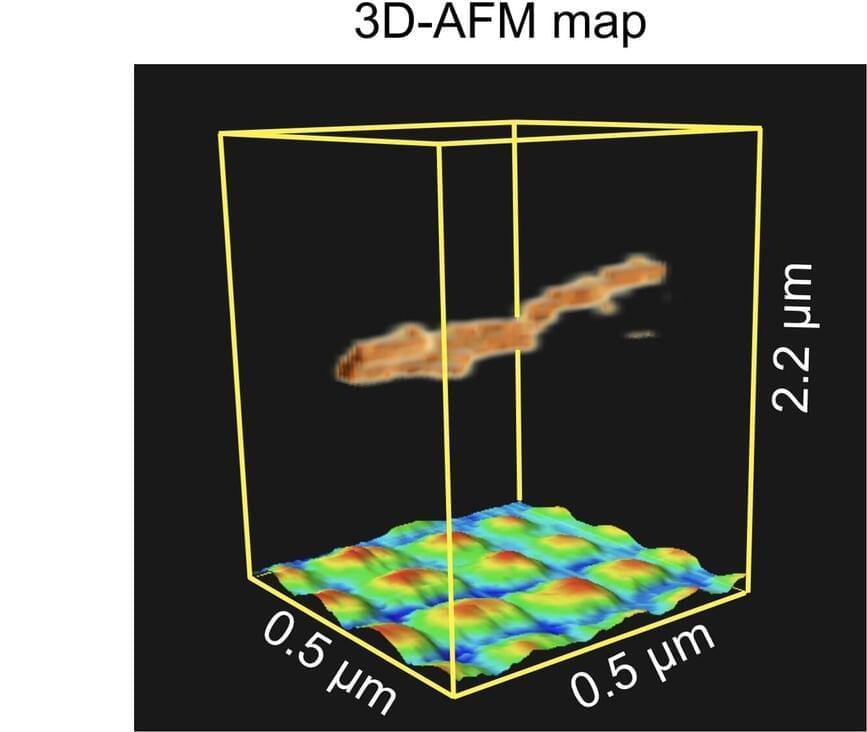A freeform multimaterial assembly process (FMAP) is demonstrated, synchronizing laser induction with 3D printing for seamlessly integrating multimaterials into 3D objects, enabling streamlined, flexible, and precise electronic device fabrication.



Using the James Webb Space Telescope, scientists observed the region above Jupiter ’s iconic Great Red Spot to discover a range of previously unseen features. The region, previously believed to be unremarkable in nature, hosts a variety of intricate structures and activity.
Recent observations by Webb’s NIRSpec revealed surprising details about Jupiter’s upper atmosphere, particularly above the Great Red Spot, showing complex structures influenced by gravity waves. These findings, captured using Webb’s high-resolution capabilities, could support the Jupiter Icy Moons Explorer (Juice) mission, enhancing our understanding of Jupiter and its moons.
Unveiling Jupiter’s Atmosphere


I used Adobe products for years, and even went to Adobe Seminars in Austin Texas.
Oh, you thought the possibilities of generative AI were already terrifying enough? Well, we’ve got some bad news for you. Adobe has just released a video showcasing its Adobe Firefly video model, and it comes with a whole host of unnerving generative AI tricks.
“Adobe is using the power of generative AI to deliver the most advanced and precise editing tools ever in Premiere Pro,” says the cheerful over-the-top narration, before showcasing how AI will soon be used to generate objects that weren’t there before, delete unwanted objects, extend scenes and create generated backdrops.
The video stresses that “content credentials” will “always make transparent whether AI was used”, but obviously that only goes so far as the Adobe programme itself. With streamers and movies already coming under fire for sneaking AI into their final products, it seems inevitable that advancing technology like this is only going to make it harder and harder to tell what’s real on our screens.

West Japan Railways (West JR), one of six companies that make up Japan Railways Group, has unveiled a giant “humanoid robot” to work on heavy machinery on its lines.
The as yet unnamed tool is described as “multifunctional railway heavy machinery for railway equipment maintenance” and is based off a prototype used by West JR to prove the concept of the odd-looking machine.

Lovely essay by Sara Walker on how tech is biology. She closely mirrors my own thinking on this. “The technologies we are and that we produce are part of the same ancient strand of information propagating through and structuring matter on our planet.”
Our best estimates place the origin of life on this planet at approximately 3.8 billion years ago. Biological beings alive today are part of a lineage of information that can be traced backward in time through genomes to the earliest life. But evolution produced information that is not just genomic. Evolution produced everything around us, including things not traditionally considered “life.” Human technology would not exist without humans, so it is therefore part of the same ancient lineage of information that emerged with the origin of life.
Technology, like biology, does not exist in the absence of evolution. Technology is not artificially replacing life — it is life.
It is important to separate what is meant by “life” here as distinct from “alive.” By “life,” I mean all objects that can only be produced in our universe through a process of evolution and selection. Being “alive,” by contrast, is the active implementation of the dynamics of evolution and selection. Some objects — like a dead cat — are representative of “life” (because they only emerge in the universe through evolution) but not themselves “alive.”
AI training costs are growing exponentially year after year.


Researchers at Nano Life Science Institute (WPI-NanoLSI), Kanazawa University report the 3D imaging of a suspended nanostructure. The technique used is an extension of atomic force microscopy and is a promising approach for visualizing various 3D biological systems.
Atomic force microscopy (AFM) was originally invented for visualizing surfaces with nanoscale resolution. Its basic working principle is to move an ultrathin tip over a sample’s surface. During this xy-scanning motion, the tip’s position in the direction perpendicular to the xy-plane follows the sample’s height profile, resulting in a height map of the surface.
In recent years, ways to extend the method to 3D imaging have been explored, with researchers from Nano Life Science Institute (WPI-NanoLSI), Kanazawa University reporting pioneering experiments on living cells. However, for 3D-AFM to evolve into a widely applicable technique for visualizing flexible molecular structures, a thorough understanding of the imaging mechanisms at play is necessary.